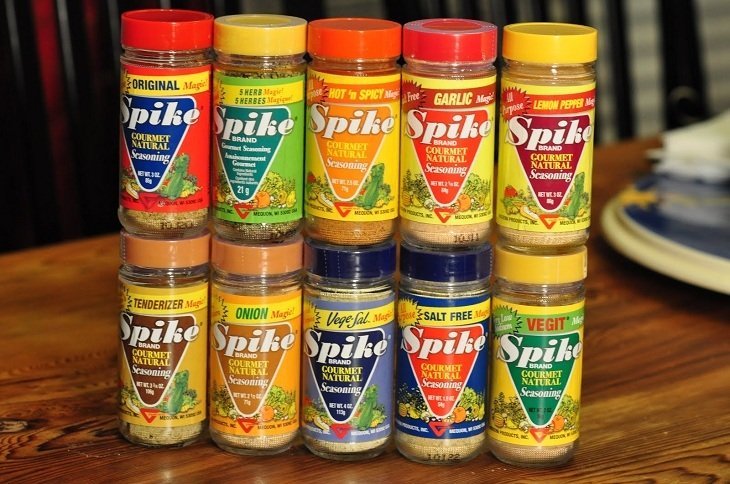

From the Ptolemaic Kingdom onward, Ancient Egyptian recipes for kyphi, an aromatic used for burning, included cinnamon and cassia. In Ancient Egypt, cinnamon was used to embalm mummies. Related species, all harvested and sold in the modern era as cinnamon, are native to Vietnam (" Saigon cinnamon"), Indonesia and other southeast Asian countries with warm climates. Cinnamomum cassia (cassia) is native to China.

Ĭinnamomum verum, which translates from Latin as "true cinnamon", is native to India, Sri Lanka, Bangladesh and Myanmar. Its source was kept a trade secret in the Mediterranean world for centuries by those in the spice trade, in order to protect their monopoly as suppliers. Cinnamon was so highly prized among ancient nations that it was regarded as a gift fit for monarchs and even for a deity a fine inscription records the gift of cinnamon and cassia to the temple of Apollo at Miletus. It was imported to Egypt as early as 2000 BC, but those who reported that it had come from China had confused it with Cinnamomum cassia, a related species. History Ĭinnamon has been known from remote antiquity. Įarly Modern English also used the names canel and canella, similar to the current names of cinnamon in several other European languages, which are derived from the Latin word cannella, a diminutive of canna, "tube", from the way the bark curls up as it dries. The name "cassia", first recorded in late Old English from Latin, ultimately derives from the Hebrew word קציעה qetsīʿāh, a form of the verb קצע qātsaʿ, "to strip off bark". The Greek was borrowed from a Phoenician word, which was similar to the related Hebrew word קנמון ( qinnāmōn). The English word "cinnamon", attested in English since the 15th century, deriving from the Ancient Greek κιννάμωμον ( kinnámōmon, later κίνναμον : kínnamon), via Latin and medieval French intermediate forms.


 0 kommentar(er)
0 kommentar(er)
